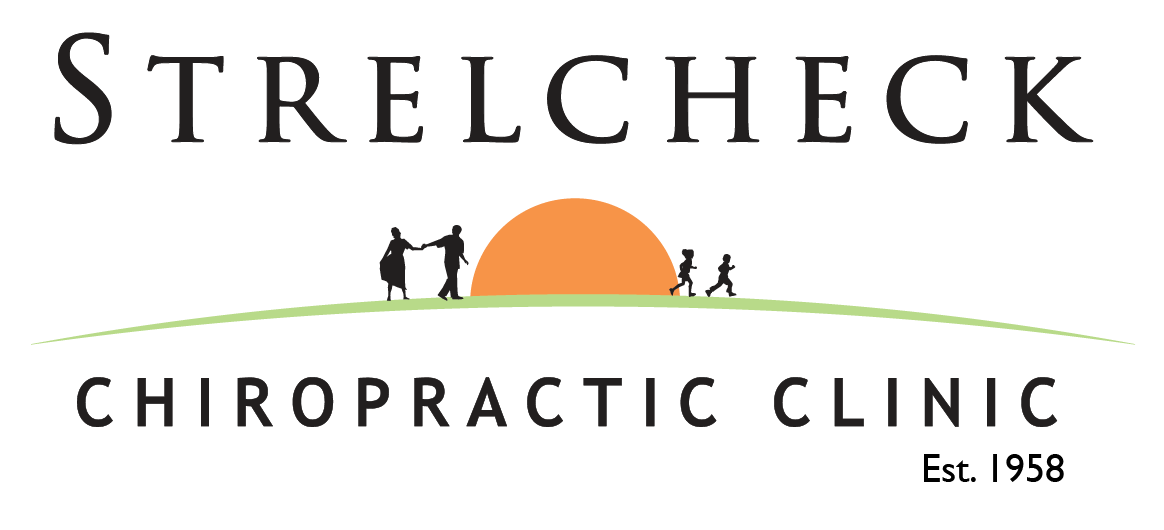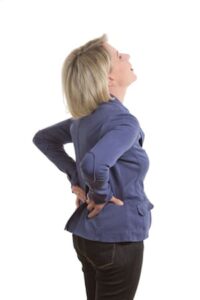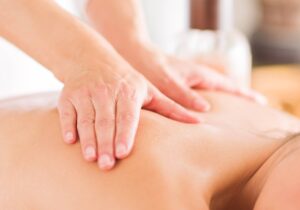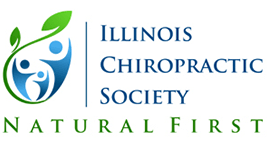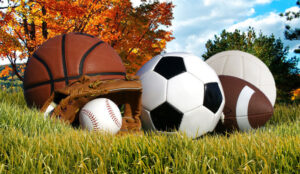
Gearing Up For Golf
Twenty-two million Americans of all ages, shapes, sizes and ages play golf. The pros make it look easy, but golf can be hard on your body, especially your back. “Golf-related injuries send thousands of people to emergency rooms every year.” (source: Mayo Clinic Health Letter) What can you do to help minimize your risk of injury? Don’t hit the course cold. Build in a 10 to 15 minute warm-up that includes walking, stretching, swinging, chipping and putting. See your chiropractor at the beginning and regular intervals during the season. Chiropractic care can reduce your risk for injury by increasing spinal flexibility and optimizing muscle reflexes and performance through an interference-free nervous system and pain-free spine. If you want to take it a step further, consider the benefits of a year round fitness program that includes strength, overall flexibility, and cardio-vascular exercise suited to your own special needs. Happy golfing….may all your drives be long, and your putts short.
